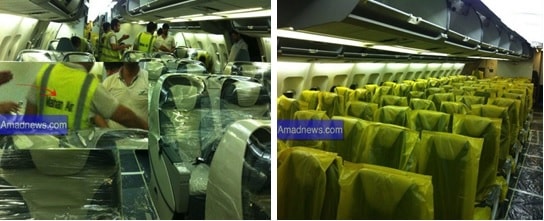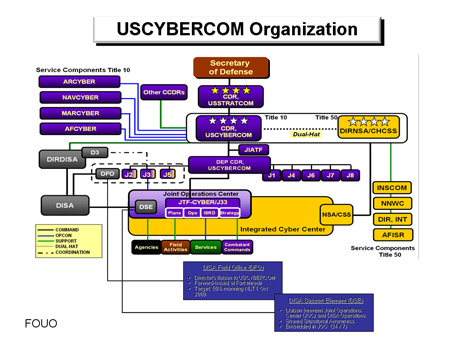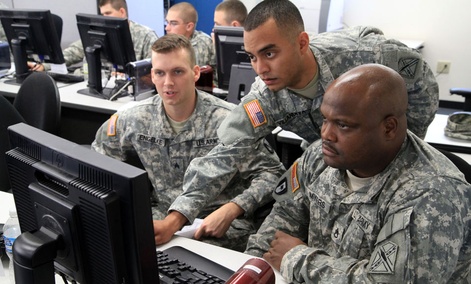Hey President Donald, how about assigning a leader to a whistleblower task force that coughs up the goods on the Obama administration.
In the past eight years we have almost forgotten all the fraud, collusion, deception and nefarious work of the previous administration and how far reaching those operations were. We still want consequences….why? If left unchallenged, rather unexposed, those operatives will dig in deeper and with wild abandon. The media cannot be left out of this whistleblowing mission either. Complicity and political behavior modeling by the left will only gain traction if not forced into the sunlight.
Trump pledged to restore law and order, voters should know how far afield the law was fractured under the Obama administration.
Much in the news is the Russian intrusion into our election infrastructure, which did happen without dispute. Altering the vote count or influencing voters to cast votes to a preferred candidate did NOT happen, such there is no evidence. The Russians have a history of such intrusions beyond the United States including Ukraine, Germany and Europe. The U.S. intelligence agencies warned of forced log-ins long before the November election. Now British intelligence is making the same warnings.
A particular item that requires a whistleblower headline is how the Obama White House interfered in the election process in Israel paying operatives to remove Netanyahu from power. Hello Trump team, can you expose more details on this please? We already know about Jeremy Bird, but we want the full story and in the end, we want punishment.
Some items that need attention and exposure are noted below but this list is hardly complete. In fact you are invited to add to the list in the comments section.
We need to know the culprits, the money, the facts and the rest of the stories on many scandals. This is the moment now leading into the building mid-term elections, but mostly due to the DNC being led by two terrifying people Tom Perez and Keith Ellison. The DNC, DNCC, Center for American Policy and others are houses of UnAmerican activities, if we even remember what America is and should be anymore.
There is no better source or investigator than Trevor Louden. He helped us with his movie, ‘Enemies Within’ as he laid the foundation for the viewers to take the baton and run to expose more.
Congress has an ‘oversight committee’ that does investigate and expose countless cases yet it is time consuming and burdensome given scheduling, subpoenas, testimony and document requests. Then we have Judicial Watch that is doing great work using the legal machinery, but all reliance cannot be placed there.
The Trump White House has this lifetime opportunity to own the headlines, the stories of connected events and provide the full account of scandals and people that today are left still with unanswered question.
Here are some samples Mr. President we need to know more about, begin here with the whistleblowing now that your administration is in power with access.
- The matter of Fast and Furious, the gun-running operation to Mexico was never fully told. Did Kevin O’Reilly ever cooperate and provide testimony, when in the middle of the scandal he was suddenly deployed to Iraq?
- Judicial Watch just obtained almost 7000 documents relating to the IRS targeting scandal. Exactly why is John Koskinen still the commissioner and has anyone moved to sue Lois Lerner in civil suits? Is there evidence of White House collusion including some members of Congress?
- What is the rest of the story when it comes to new solar/energy businesses launched with government loan guarantees that have gone belly up? Who is responsible, what did it really cost the taxpayer and are any monies recoverable? How about the DoJ investigations where some financial reports were altered?
- Benghazi stands on its own..
- Who at the Department of Energy is responsible for the lead in the water in Flint, Michigan and polluting the Colorado river?
- With the ransom money given to Iran and the side deals all but forgotten of the Iranian nuclear deal, how much is still out there to be uncovered and reported? What more do we need to know about Ploughshares, NIAC, Ben Rhodes and John Kerry?
- We have new leadership at the Veterans Administration. Great now how about exposing the hidden case files, the corruption of the unions, jailing those that falsified status reports and got big bonuses? The VA Inspector General has done some great work so far, but who in leadership is going down for the never-ending issues at the VA?
- Can we have a team that reveals the ‘slush funds’ from the ‘stimulus money’ and who is guilty in both parties that scammed the taxpayers?
- Clearly there is more to know about Obama’s amnesty and his DACA program. Who was behind it, how much money was involved? Are judges being paid off? Who gets grants to sponsor children and illegals and how much money was spent in transportation of people all over the country hiding the from the legal system?
- Obamacare is a major topic, what more do we need to know such that it is being used to blame democrats and repeal the law? How about HHS contracts, sharing patient databases with outside agencies and foreign governments? What about cyber security, what about paying off big pharma and insurance companies?
- Where are we with the Clinton Foundation and the emails to Hillary’s private server that included Obama emails and the computer belonging to Huma Abedin? Is anyone still at the State Department still providing the Clinton operation cover? Can Patrick Kennedy or John Kerry be prosecuted?
- What is the rest of the story of Eric Holder and Loretta Lynch on corporate fines for violations and company officials not going to prison?
- The Department of Justice maintained a victims fund which selectively paid surviving family members in cases of attacks and murder victims. Why was Obama personally involved and how was it decided who got money and how much?
- The DoJ funded leftist organizations. Two examples were National Council of La Raza, the National Community Reinvestment Coalition and the National Urban League.
- Obama and his team negotiated with the Taliban. What is the real truth, how much money did we give the terror organization and where are the Taliban 5 released from Gitmo today?
- Several on the Democrat side of the House of Representatives hired a rogue team of IT professionals that were not vetted and had access to computer systems and passwords causing more national security threats. Why? Who was fired, who is responsible? Are there more we don’t know about?
Once again, this is hardly a comprehensive list, we must know more. We want consequences. build the case, tell us what we need to know going forward.






